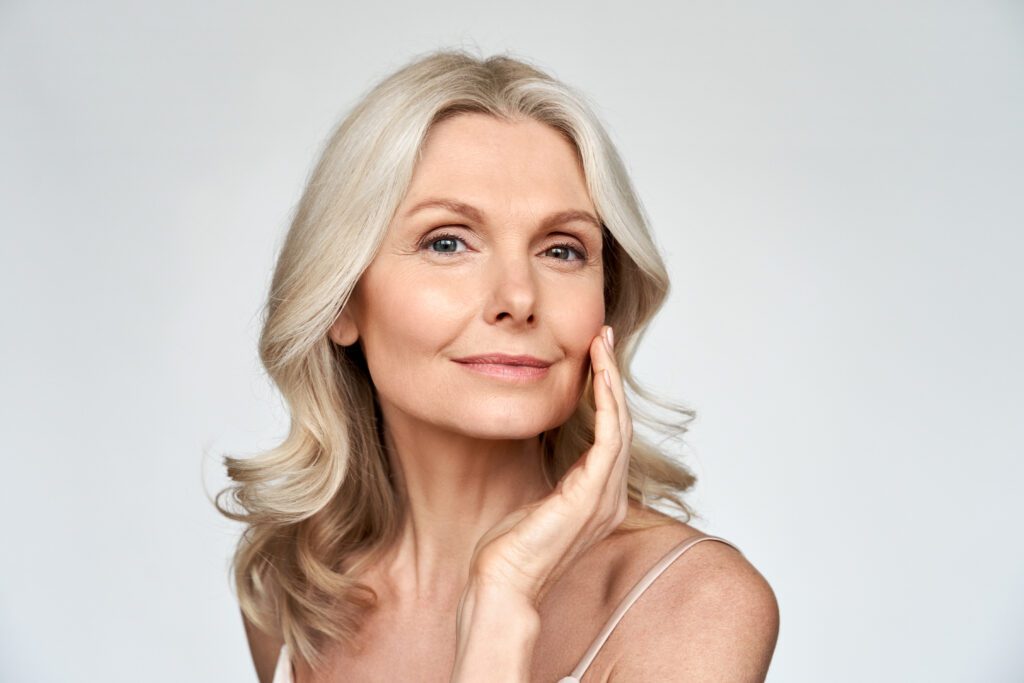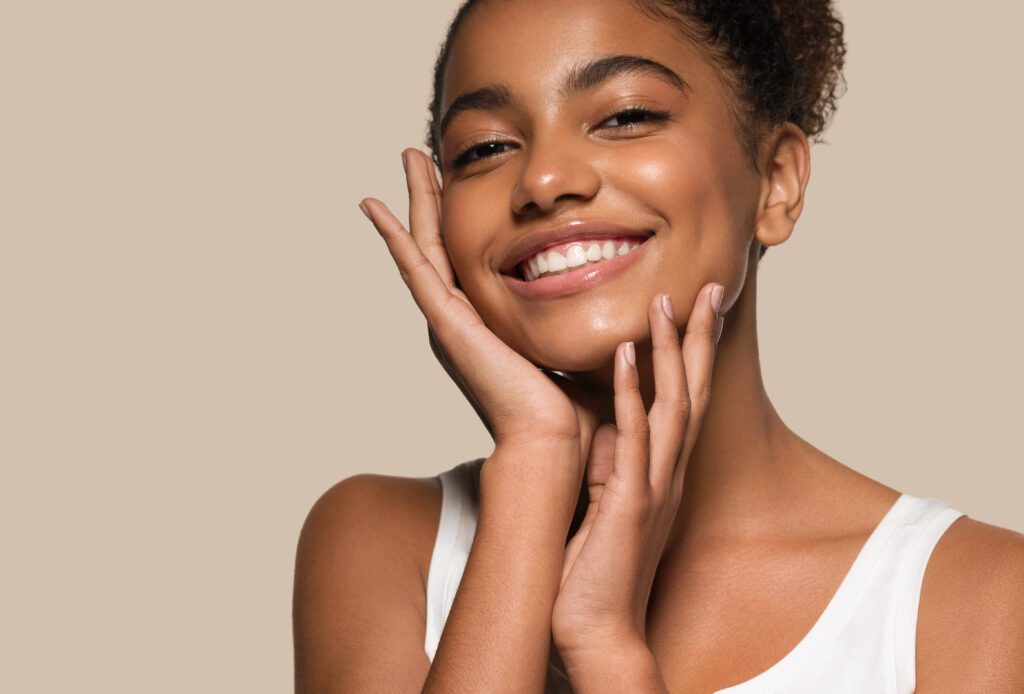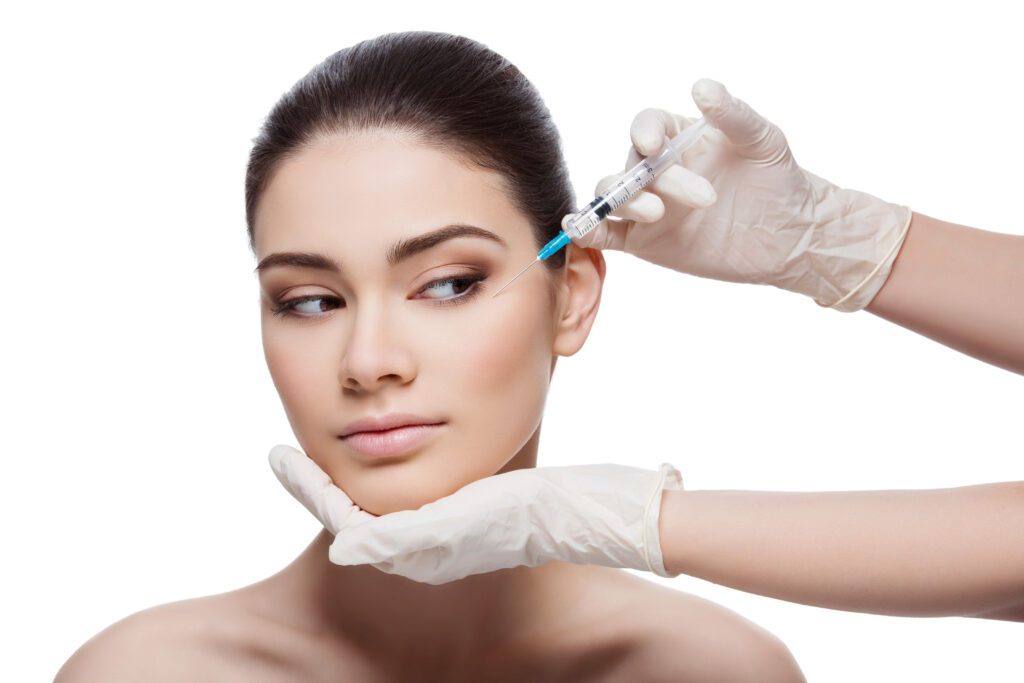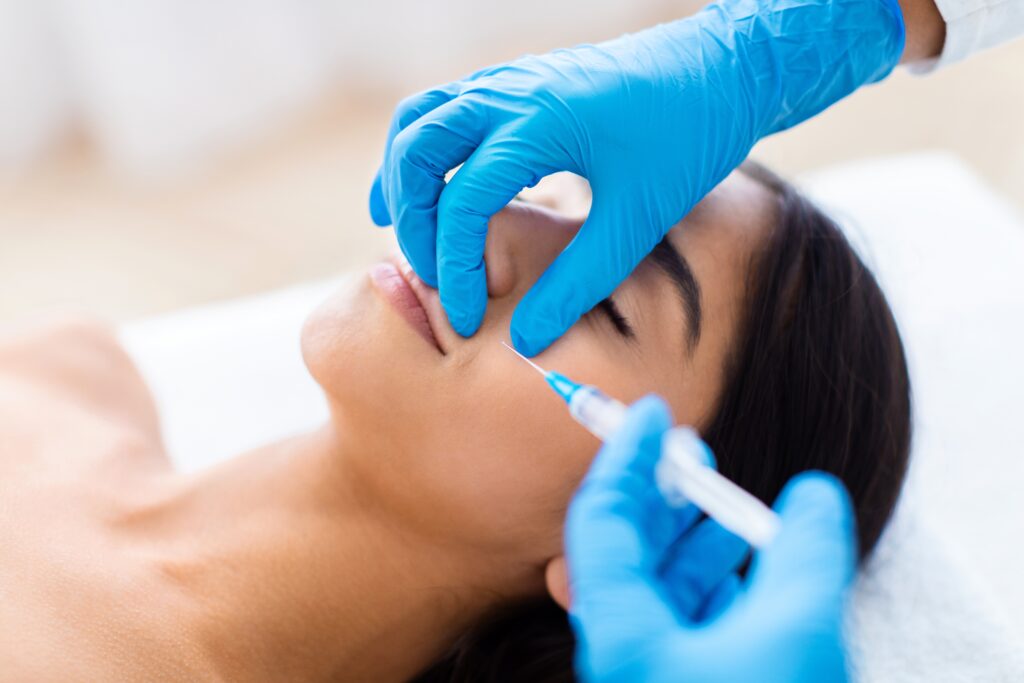Sweat small stuff? For some, it’s a big deal
By STEPHANIE EARLS, Staff writer
First published: Tuesday, April 15, 2008
Like all bodily functions, it’s been wrung for slapstick laughs.
(See the funny commercial where the bridesmaids are so worried they’ve sweated through their bodices they won’t even attempt to catch the bouquet? Half-moon armpit stains, we can’t get enough of you!)
Yeah, sweat: Ew!?
Instead of signaling something like “I’m in the mood” or “Got a bumpin’ parasympathetic nervous system right here,” in modern American society, visible (or worse, smelly) sweating brings to mind far less pleasant stereotypes: Nervousness. Dishonesty. Uncleanliness. In fact, “offensive body odor” (the bacterial after-effect of sweating) is against the law in some public locations, including libraries in San Luis Obispo County, Calif., according to the FDA’s Office of Public Affairs.
Sweat is a biologically produced fluid — mostly water, along with salt and traces of other minerals — that helps the body naturally regulate its temperature. Some of us use this cooling-off method more than others, and much more than we’d like.
The market abounds with antiperspirant/deodorants that are infused with smell-masking scents and contain an aluminum-based compound that plugs sweat ducts, which stem normal perspiration in most people. In recent years, several companies have even added so-called “clinical strength” products containing slightly higher levels of the active ingredient used in regular-strength antiperspirants.
Dr. Edwin Williams, of the Williams Center for Plastic Surgery in Latham, doesn’t buy the hype.
“The medical community doesn’t really believe that the higher-strength antiperspirants (are better) than the ones that were out there already,” said Williams. “The term ‘clinical study’ doesn’t mean anything unless it’s substantiated,” or peer-reviewed and reproduced by other, reputable scientists multiple times at different institutions, he said.
High amounts
Elsewhere, informal polls and trials lauded the efficacy of products that contain a relatively high amount of aluminum chloride (like Certain Dri, with 12 percent aluminum chloride).
This is “the best formula” available over-the-counter, according to Dr. David Bank, a dermatologist and director of The Center for Dermatology, Cosmetic and Laser Surgery in Mount Kisco, Westchester County.
However, for a small subset of society, the topical first line of defense simply doesn’t work.
For some people with hyperhidrosis, or excessive sweating of the underarms, hands or feet, the condition defies easy treatment, and can have serious emotional and social consequences.
While severe sweating can be associated with other health issues, such as menopause and thyroid problems, hyperhidrosis is chronic. Weight problems and a family history can predispose a person to it. The American Academy of Dermatology estimates that around 8 million Americans have hyperhidrosis.
Who, exactly, might they be?
“For example, there’s the businessman who, during the summer, will sweat through his suit and he has meetings all during the day,” Williams said. “It’s socially very embarrassing for the people who sweat through their clothing, or their golf shirt.”
The condition can be especially troubling for women, Williams said.
“It’s not considered really feminine to excessively sweat,” Williams said.
Patients with hyperhidrosis may have to change clothes several times during the day, shove tissues under their armpits, avoid shaking hands and — yes — catching the bouquet. Facial sweat may flow in visible rivulets.
A new wrinkle
Williams has found success in treating patients with injections of Botox, which gained notoriety for its wrinkle-discouraging qualities.
“What Botox does is it blocks the overactivity of the nerves acting on the sweat glands,” Williams said.
Before a patient is diagnosed with hyperhidrosis, and Botox recommended, they must undergo an evaluation and test to determine how much they’re sweating.
Botox shots have been very successful at treating severe sweating, Williams said. The shots typically last between six months and a year, although the effects may last longer in some patients.
The drawback?
“It’s quite expensive. About $1,000 to $1,200 to have the underarms treated, so the (patient group) is sort of self-selecting,” said Williams. While he treats less than a dozen patients for hyperhidrosis, Williams expects a slow and steady increase, once sufferers realize that Botox is an option.
“This is the time of year we start seeing them come in — when it starts to get warm,” he said. “If people are treated this time of year, they’re good to go until next year.”
Stephanie Earls can be reached at 454-5761 or by e-mail at [email protected].
All Times Union materials copyright 1996-2008, Capital Newspapers Division of The Hearst Corporation, Albany, N.Y.
Recent Posts

Reversing Smoking Damage to Your Skin
Smoking can cause significant skin damage, affecting both overall skin health and its appearance. However, smoking damage can be severe, but there are ways to reverse skin damage caused by…

Balancing Holistic Practices with Cosmetic Treatments
A holistic approach to beauty, including focusing on lifestyle, nutrition, and mental well-being, contributes to skin health as well as general healthiness. Combining holistic practices like these with the non-surgical…

Xeomin vs. Dysport vs. Botox Injections
Xeomin®, Dysport®, and Botox® are all injectable treatments that belong to a class of medications called neuromodulators that use the same main ingredient, botulinum toxin type A. When used for…

A Complete Guide to the Cosmetic Treatment Process: Start to Finish
Non-surgical cosmetic treatments are a great way to revive your look in a safe and effective manner, without the risks associated with surgery. Since 1999, The Rejuva Center at Williams…
